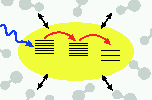Preface 2nd Edition
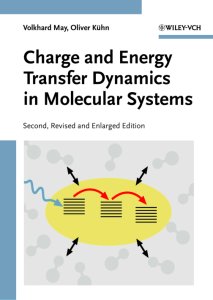 |
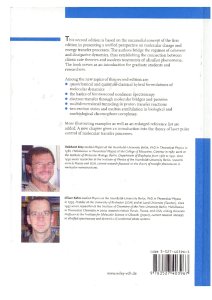 |
Charge and Energy Transfer Dynamics in Molecular Systems Volkhard May, Oliver Kühn 2nd Edition, 2003, 490 p. WILEY-VCH, Berlin. ISBN 3-527-40396-5 Corrections Sept. 2007 |
The introduction to dissipative quantum dynamics in Chapter 3 now gives a broader view on the subject. Particularly, we elaborated on the discussion of hybrid quantum--classical techniques which promise to be able to incorporate microscopic information about the interaction of some quantum system with a classical bath beyond the weak coupling limit. In Chapter 4 we give a brief account on the state--space approach to intramolecular vibrational energy and the models for treating the intermediate time scale dynamics where the decay of the survival probability is nonexponential. Chapter 5 now compares different methodologies to compute the linear absorption spectrum of a molecule in a condensed phase environment. Furthermore, basic aspect of nonlinear optical spectroscopy have been included to characterize a primary tool for the experimental investigation of molecular transfer processes. Bridge mediated electron transfer is now decribed in detail in Section 6 including also a number of new examples. The Chapter 7 on proton transfer has been supplemented by a discussion of the tunneling splitting and its modification due to the strong coupling between the proton transfer coordinate and other intramolecular vibrational modes. Chapter 8 dealing with exciton dynamics has been considerably rearranged and includes now a discussion of two--exciton states.
Finally, we have added a new Chapter 9 which introduces some of the fundamental concepts of laser field control of transfer processes. This is a rapidly developing field which is stimulated mostly by the possibility to generate ultrafast laser pulse of almost any shape and spectral content. Although there are only few studies on molecular transfer processes so far, this research field has an enormous potential not only for a more detailed investigation of the dynamics but also with respect to applications, for instance, in molecular based electronics.
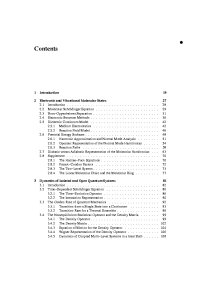 |
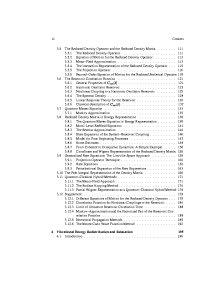 |
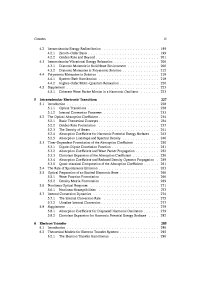 |
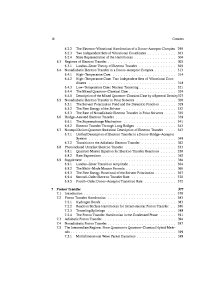 |
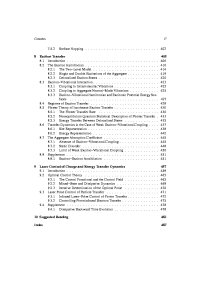 |
Following the lines of the First Edition we avoided to make extensive use of abbreviations. Nevertheless, the following abbreviations are occasionally used: DOF (degrees of freedom), ET (electron transfer), IVR (intramolecular vibrational redistribution), PES (potential energy surface), PT (proton transfer), QME (quantum master equation), RDM (reduced density matrix), RDO (reduced density operator), VER (vibrational energy relaxation) and XT (exciton transfer).
We have also expanded the ``Suggested Reading'' Section which should give a systematic starting point to explore the original literature, but also to become familiar with alternative views on the topics. Additionally, at the end of each Chapter, the reader will find a brief list of references. Here, we included the information about the sources of the given examples and refer to the origin of those fundamental concepts and theoretical approaches which have been directly integrated into the text. We would like to emphasize, however, that these lists are by no means exhaustive. In fact, given the broad scope of this text, a complete list of references would have expanded the book's volume enormously, without necessarily serving its envisaged purpose.
It is our pleasure to express sincere thanks to the colleagues and students N. Boeijenga B. Brüggemann, A. Kaiser, J. Manz, E. Petrov, and B. Schmidt, which read different parts of the manuscript and made various suggestions for an improvement. While working on the manuscript of this Second Edition we enjoyed the inspiring atmosphere, many seminars, and colloquia held within the framework of the Berlin Collaborative Research Center (Sfb450) ''Analysis and Control of Ultrafast Photoinduced Reactions''. This contributed essentially to our understanding of charge and energy transfer phenomena in molecular systems. Finally, we would like to acknowledge financial support from the Deutsche Forschungsgemeinschaft and the Fonds der Chemischen Industrie (O.K.).

